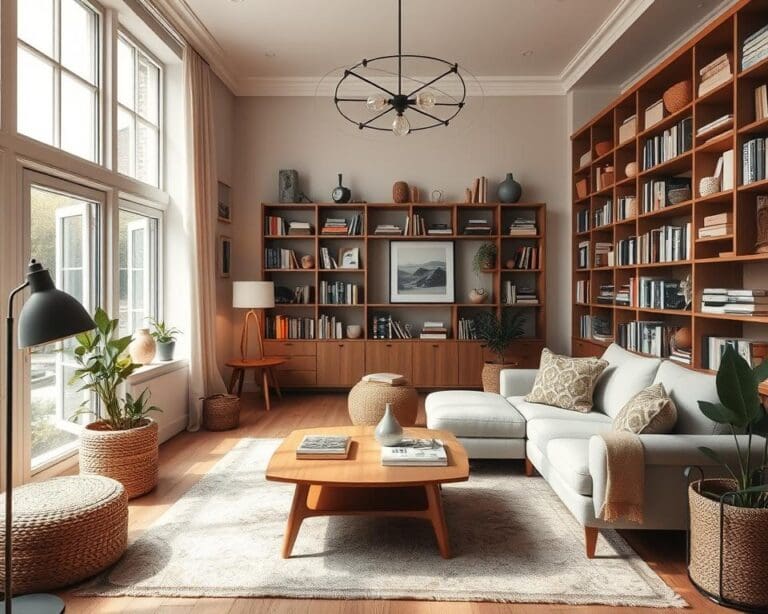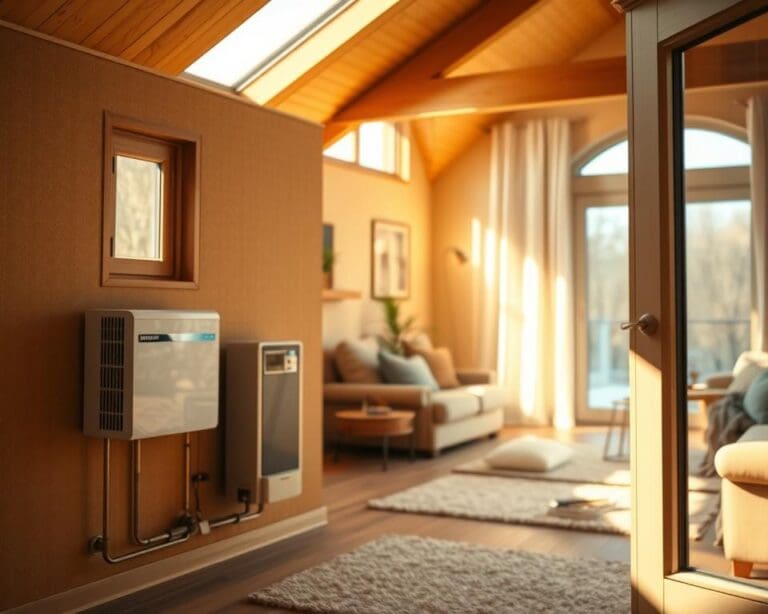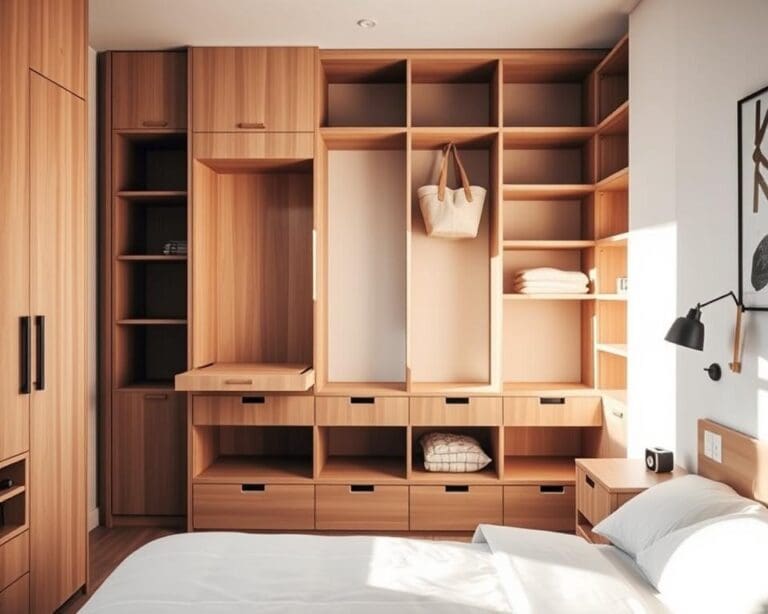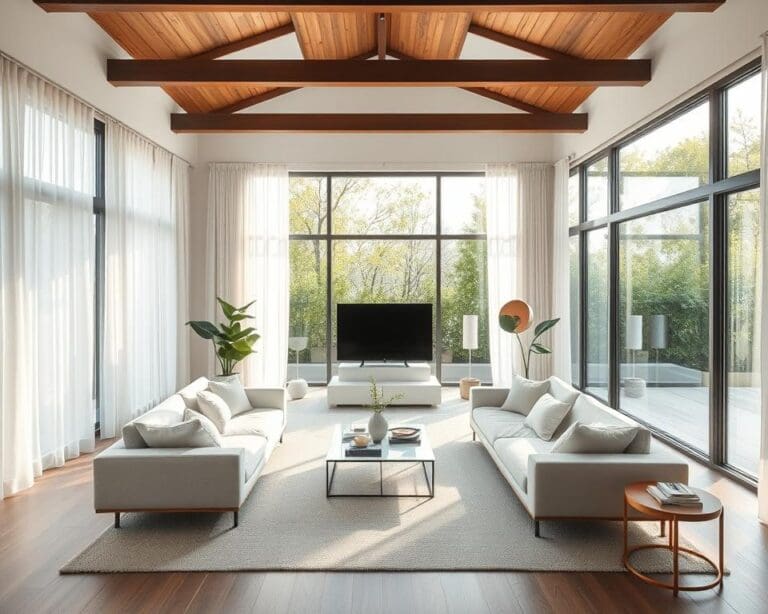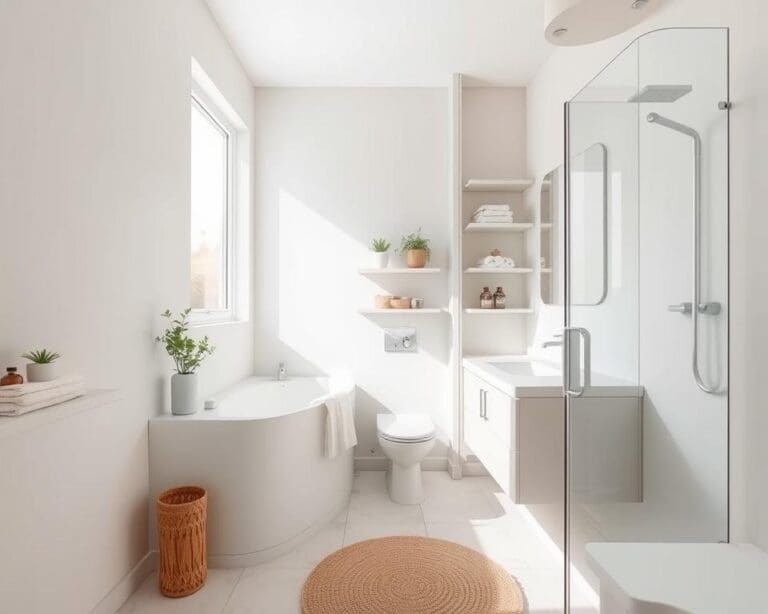Creating a comfortable living space goes beyond just choosing the right furniture; upgrading your lighting is vital for enhancing ambience and elevating your overall experience at home. The way we light our rooms can significantly impact our mood and well-being, making comfort lighting an essential consideration for any homeowner. This article will explore various strategies to upgrade lighting effectively, ensuring that every corner of your home radiates warmth and satisfaction. Join us as we delve into the art of transforming your environment through thoughtful lighting choices.
Understanding the Importance of Comfort in Lighting
Creating an atmosphere of comfort in lighting is essential for enhancing our daily experiences. The right lighting can significantly impact both our emotional and cognitive states. Understanding how different types and intensities of light can influence our wellbeing provides valuable insights into designing spaces that nurture comfort and productivity.
The Psychological Impact of Lighting
The connection between psychological effects of lighting and individual experiences is profound. Studies reveal that specific lighting conditions can evoke particular emotional responses, influencing stress levels and overall health. Bright, cooler lights may promote alertness and energy, while warm, dimmer lights tend to create a calming effect, supporting relaxation and social interactions. The interplay of light conditions plays a crucial role in shaping our psychological state throughout the day.
How Lighting Influences Mood and Productivity
Effective lighting design is integral in influencing mood and productivity in various environments, especially workplaces. Research highlights that well-structured lighting can enhance concentration, making tasks feel more manageable and less stressful. Natural light, for instance, has been shown to improve mood and reduce fatigue, translating into increased output. By prioritising comfort in lighting, individuals can cultivate a productive atmosphere that supports both mental clarity and emotional resilience.
How do you upgrade your lighting for comfort?
Upgrading home lighting involves a systematic approach to ensure comfort and functionality. Start by assessing your current lighting to identify areas needing improvement. This process includes evaluating light intensity, direction, and placement, which are crucial in creating a warm and inviting atmosphere.
Assessing Your Current Lighting
Conducting a thorough home lighting assessment reveals the strengths and weaknesses in your current setup. Focus on the following aspects:
- Light Intensity: Bright lights can be overwhelming, while dim lighting may create a gloomy environment.
- Direction: Evaluate whether the light is directed to the right places. Task-oriented areas need adequate lighting.
- Placement: Consider if fixtures are strategically situated to enhance the room’s comfort.
Key Factors to Consider for Comfort
When upgrading lighting, various lighting comfort factors come into play. Pay attention to the following considerations:
- Light Colour: The colour temperature affects mood significantly. Warmer tones can promote relaxation, while cooler tones are energising.
- Flexibility of Fixtures: Choosing adjustable fixtures allows for versatility, accommodating different activities and preferences.
- Room Purpose: Each space serves a unique function; thus, tailor your lighting to meet specific needs, whether for work, relaxation, or leisure.
Types of Lighting to Create a Comfortable Atmosphere
Creating a comfortable atmosphere in your home involves understanding the various types of lighting available. Each category serves a distinct purpose, enhancing both functionality and aesthetics. By utilising ambient lighting, task lighting, and accent lighting effectively, one can transform any space into a welcoming environment.
Ambient Lighting for Overall Comfort
Ambient lighting forms the foundation of a well-lit room. This general illumination can often be achieved through ceiling fixtures, chandeliers, or even natural light flooding in through windows. The aim is to create a soft, even glow that fills the space and sets a calm tone. Various styles are available, allowing for personalisation in both modern and traditional settings.
Task Lighting for Specific Areas
Task lighting is tailored for specific activities, ensuring that work areas remain effective and comfortable. This type of lighting often focuses on zones where detailed tasks occur, such as reading, cooking, or studying. Products like LED desk lamps, under-cabinet lights, and adjustable reading sconces serve practical purposes. These solutions provide concentrated illumination, reducing eye strain and enhancing productivity.
Accent Lighting to Enhance Focus
To add intrigue and depth to your space, accent lighting plays a vital role. This type of lighting highlights particular features, such as artwork or architectural details, creating focal points within the room. By strategically placing spotlights or track lights, one can draw attention to elements that inspire and engage. The use of accent lighting ensures that your surroundings feel uniquely inviting and layered.
Choosing the Right Bulbs for Comfort
Finding the perfect lighting bulbs can significantly enhance your comfort levels at home or in the workplace. Understanding factors such as colour temperature, the benefits of dimmable lights, and embracing energy-efficient lighting can transform your space into a haven of tranquility and productivity.
Understanding Colour Temperature
Colour temperature plays a pivotal role in shaping the atmosphere of any environment. Measured in Kelvin (K), it defines whether the light appears warm or cool. Warm white light, typically ranging from 2700K to 3000K, creates a welcoming and cosy ambience, ideal for living rooms and bedrooms. Cooler light, around 4000K to 5000K, can help boost focus, making it suitable for workspaces and kitchens. Selecting the correct colour temperature in your lighting bulbs helps set the desired mood for different occasions.
The Benefits of Dimmable Lights
Dimmable lights offer flexible solutions for tailoring ambience to suit various activities. Whether hosting a lively dinner party or enjoying a quiet evening, the ability to adjust brightness levels can drastically influence the setting. Dimmable lights not only contribute to comfort but also allow for the creation of intimate or vibrant atmospheres, depending on your needs. Incorporating dimmers into your lighting strategy provides versatility that standard fixtures often lack.
Energy-Efficient Options for Long-Term Comfort
Choosing energy-efficient lighting is crucial for maintaining comfort while reducing electricity costs. LED and compact fluorescent bulbs are excellent options that not only last longer but also use significantly less energy. Transitioning to these efficient lighting solutions means enjoying a warm glow and reducing your carbon footprint. Investing in energy-efficient lighting ensures that your comfort remains sustainable over time, making it an essential consideration for any lighting upgrade.
Design Tips for Upgrading Your Lighting
Creating a cosy and inviting atmosphere in your home begins with thoughtful lighting design. One of the most effective lighting design tips is to layer different types of lighting—ambient, task, and accent. This approach not only enhances the overall comfort of your space but allows for versatility in how you illuminate each room. For instance, pairing soft ambient lights with focused task lighting can help create a harmonious balance, suitable for both relaxation and productivity.
Incorporating various fixtures such as pendant lights and chandeliers into your upgrade lighting design adds visual interest and can serve as statement pieces. These elements also contribute to the aesthetic cohesiveness of your decor. Consider fixtures from trusted brands like John Lewis or Habitat that offer a range of designs to match your style, bringing an extra touch of elegance to your home lighting upgrades.
As technology evolves, integrating smart lighting systems is another way to elevate your environment. Programmable lights allow you to adjust brightness and colour to suit different moods, enhancing both comfort and functionality. When planning your lighting, always keep the overall design of the room in mind, ensuring that each light source complements the other and contributes to a beautifully illuminated home.



